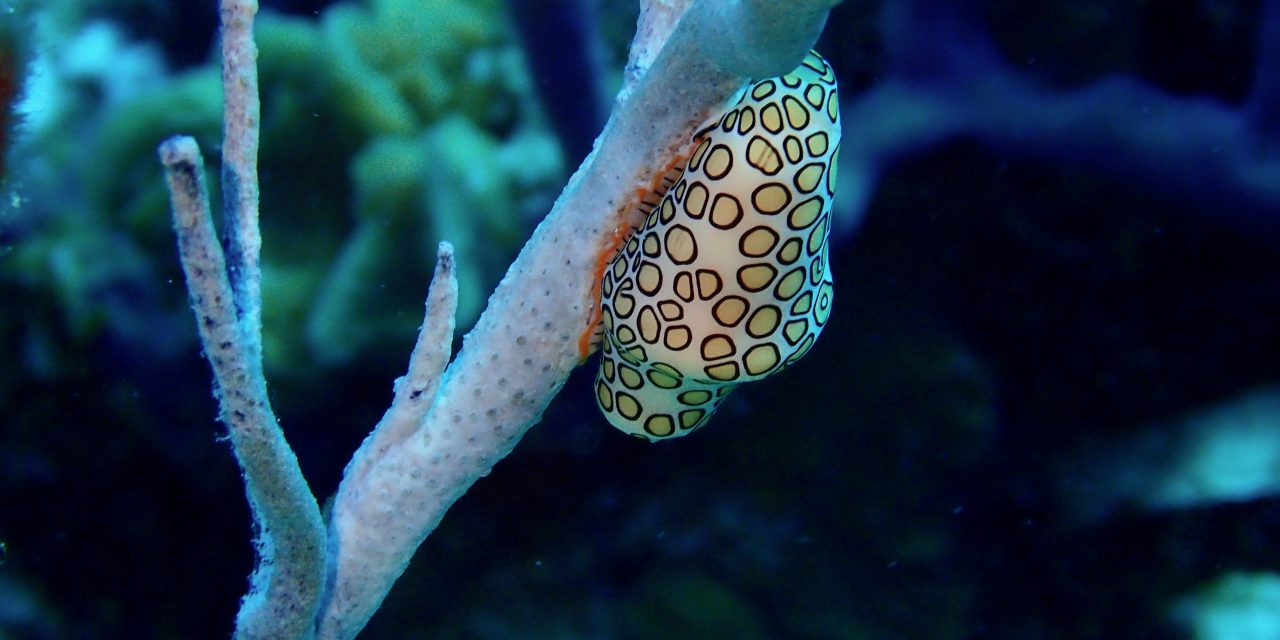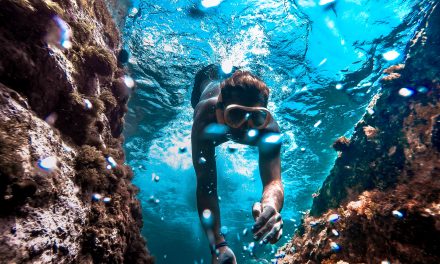When it comes to underwater still photography, many divers find it hard to choose between strobes and video lights. While the former offers a viable solution in terms of output, weight, cost and duration, the latter has an upper hand when it comes to seeing the perfect shot underwater.
Strobes can be very effective in providing on-camera lighting for serious underwater photography, creating a super bright flash of light that captures shy underwater creatures before they notice the intrusion in their space. On the other hand, high-lumen video lights offer great off-camera lighting, ideal for setting up shots and finding hidden areas to photograph.
To help you better understand the difference between strobes and video lights, here is a list of the pros and cons of shooting photographs with each of them:
Strobes
Pros
- Great shutter speed: Strobes shoot at speeds of 1/10,000 per second, which freezes any fast action on film clearly
- Easy mounting: Strobes can easily be mounted on the diver’s back or tank hands-free, or set up on the ocean floor
- Convenient lighting: Strobes’ intermittent lighting reduces any stress that might come with constant light, and reduces the chances that photographers will frighten light-sensitive creatures
- Cost effective: Strobes guarantee a user more light and more shooting time
Cons
- Complexity: With strobes, one requires sensors and sync cables, which can sometimes fail to fire
- Ease of use: Users often have to guess, and go through a series of trial and error, before finding the sweet spot that creates the perfect balance of light and shadow
Video Lights
Pros
- Simplicity: Videos lights don’t require any remote triggers or cables to work
- Real-time: A photographer can clearly see the exposure and color on a LCD camera screen before shooting
- Availability: Video lights are often on-hand and can readily shoot well-lit photos on any dive
Cons
- Mounting: Mounting a video light on the back or tank can be uncomfortable
- Shorter battery life: Compared to strobes, video lights often have limited burn times
- Constant light: Constant exposure to 1000s of lumens in a wreck or cave can stress the eyes, and it will eliminate one’s ability to shoot most underwater animals
As you can see from the above comparison, both strobes and video lights have their strengths and drawbacks. Fast shutter speeds and longer battery burn times make strobes a great option for photographing in cave environments or when one wants to capture animals on camera. On the other hand, video lights have an advantage when it comes to simplicity, availability and real-time viewing. Perhaps to get the best both worlds, mix up video lights and strobes on your next photography dive.





